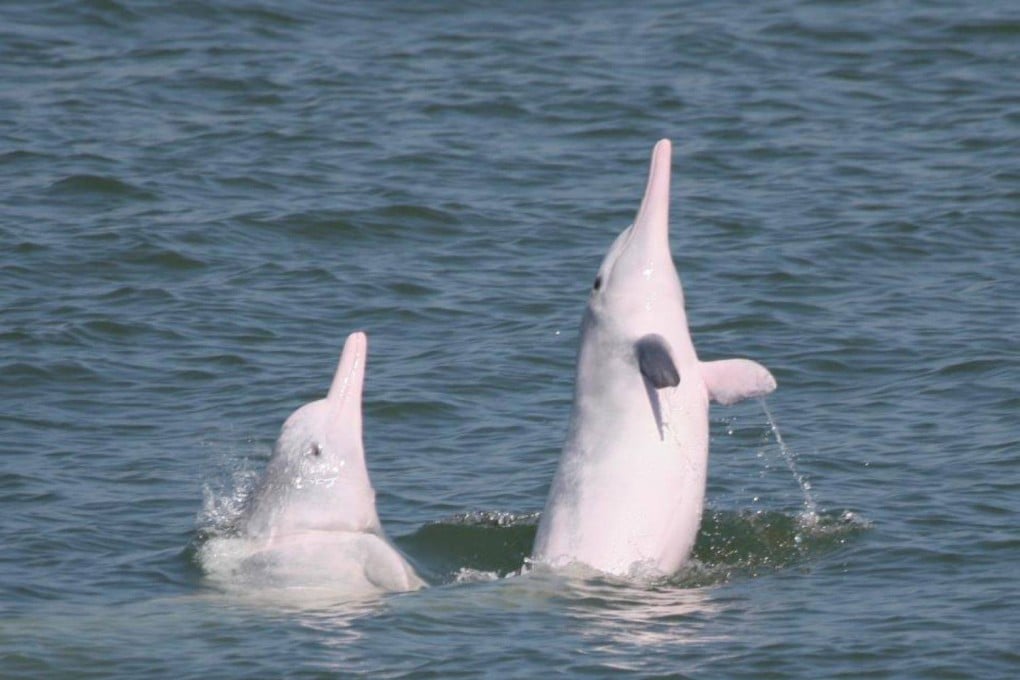How ocean noise pollution is threatening Chinese white dolphins, affecting the critically endangered creatures’ ability to hunt, navigate and communicate
- Noise from high-speed ferries and other vessels interrupts the dolphins’ echolocation system of sound waves vital for their survival, filmmaker Daphne Wong says
- Sea of Noise, her new film with WWF-Hong Kong, blends underwater clips, animations and interviews to paint a sensory picture of the challenges faced by the species

Noise pollution is a common complaint among city dwellers in highly urbanised Hong Kong. But the problem runs deeper, affecting species in the ocean, including the vulnerable Chinese white dolphin.
To show just how damaging ocean noise pollution is, Hong Kong photographer and documentary maker Daphne Wong last month released the film Sea Of Noise in collaboration with conservation organisation WWF-Hong Kong.
“It’s easy to see the impact construction has on land but what’s less obvious is the bigger impact it’s having underwater,” Wong, 25, says. “Sound travels quicker and further underwater, so I wanted to capture what the Chinese white dolphins are experiencing, the impact from their perspective.”
Wong says sound is vital for cetaceans, who rely on it to help them navigate, hunt for food and communicate through echolocation, a complex system of sound waves made up of “clicks and whistles”.
“But these signals are being interrupted by high-speed ferries and other marine vessels,” she says, adding the best way to describe the effect of underwater noise from marine traffic is that it muffles the dolphins’ own sounds.
